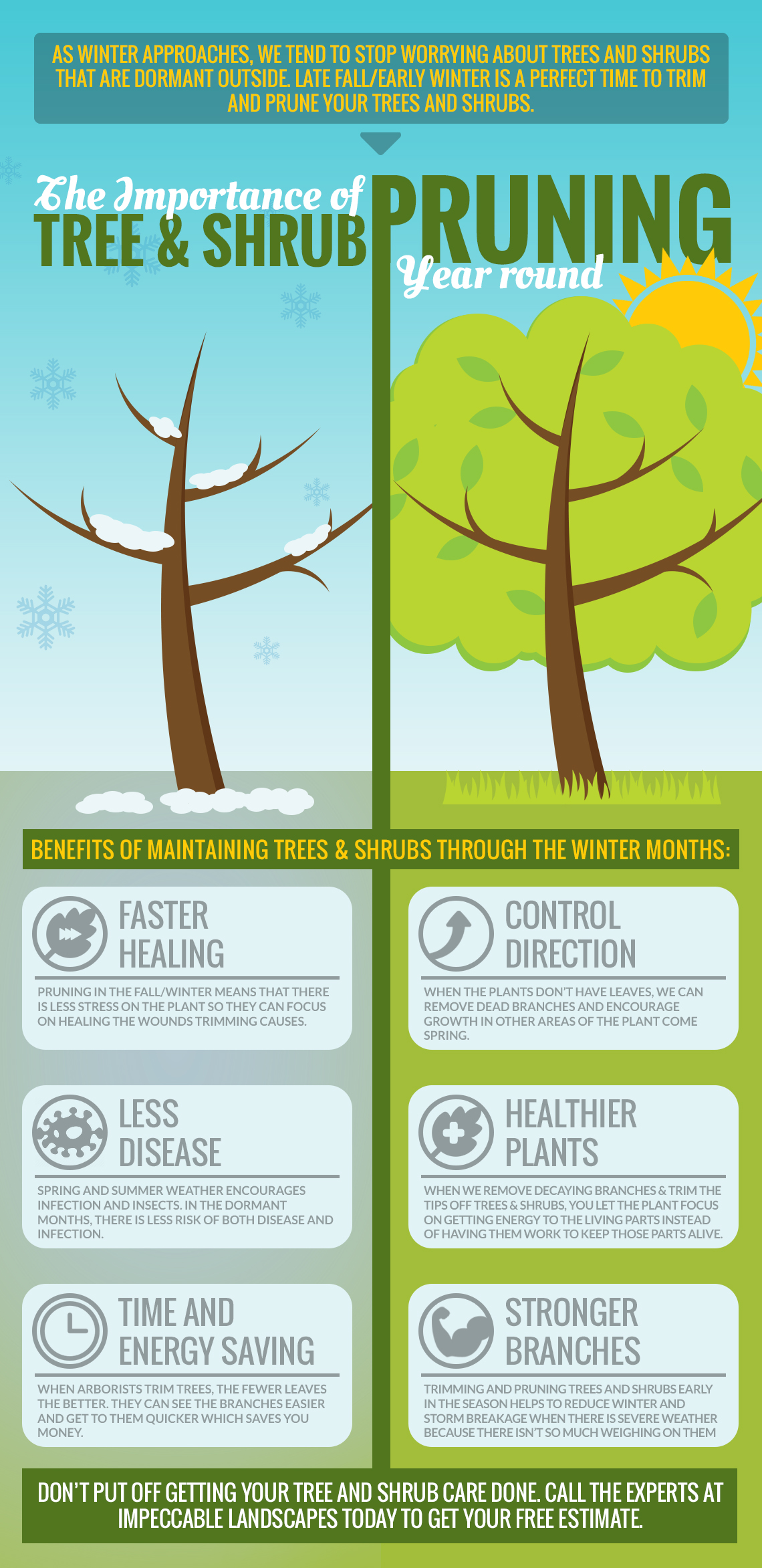The Environmental Advantages Of Stump Grinding: A Sustainable Approach For Land Stewardship
The Environmental Advantages Of Stump Grinding: A Sustainable Approach For Land Stewardship
Blog Article
Web Content Author-
When it pertains to land management, have you considered the resilient benefits of stump grinding? By resolving the residues left behind after tree elimination, this technique not only aids in soil health and wellness enhancement but also plays a critical role in stopping disintegration and supporting biodiversity. The environmental benefits of stump grinding expand far beyond simple looks, supplying a lasting service that balances with nature's elaborate systems.
Soil Wellness Renovation
Aiming to enhance the high quality of your dirt? Stump grinding can be a game-changer for boosting dirt wellness on your property. By removing old tree stumps, you're creating room for brand-new growth and permitting important nutrients to return to the dirt.
As the stumps break down over time, they launch raw material, enriching the dirt and advertising better plant development.
Furthermore, property growth grinding aids to aerate the dirt, allowing for much better water seepage and origin advancement. Compacted soil can prevent plant development and water absorption, however by grinding stumps, you're loosening the soil and developing a healthier atmosphere for your plants.
Moreover, stump grinding can likewise assist to stop parasite infestations and conditions that old stumps might attract. By removing these possible risks, you're developing a safer and much more productive landscape.
Erosion Avoidance
To stop dirt erosion efficiently, stump grinding plays a crucial duty in preserving the stability and integrity of your land. By getting rid of undesirable stumps from your residential or commercial property, you're also lowering the threat of disintegration brought on by water overflow. Stump grinding removes obstacles that can interfere with the all-natural flow of water across your land, stopping dirt erosion at the same time.
When stumps are left unblemished, they can act as obstacles to water flow, triggering soil to get rid of during heavy rainfalls. This erosion not only damages your land but likewise contributes to sedimentation in close-by water bodies, damaging water environments.
Stump grinding aids to prevent these problems by leveling the ground and promoting proper drain, lowering the possibility of disintegration.
Biodiversity Assistance
Maintaining healthy biodiversity on your land is crucial for developing a flourishing environment. By using stump grinding as a lasting land management technique, you can dramatically support biodiversity.
Stump grinding helps advertise biodiversity by producing new habitats for various plant and pet types. learn here of stumps allows for the regeneration of native plants, which consequently draws in a varied variety of wildlife. Pests, birds, and little animals prosper in these newly easily accessible areas, adding to the overall biodiversity of your land.
Additionally, stump grinding helps stop the spread of conditions and parasites that can damage plant varieties, hence guarding the ecological equilibrium on your residential property. By removing old stumps, you create space for brand-new plant growth, which boosts the general health and wellness of the ecosystem.
This much healthier atmosphere sustains a larger variety of varieties, promoting biodiversity and developing an extra durable ecological community in the long-term. Welcoming stump grinding as part of your land management strategy can have long-term positive impacts on the biodiversity of your land.
Conclusion
By making use of stump grinding as a lasting approach to land management, you can boost soil health and wellness, stop erosion, and support biodiversity. This environmentally friendly approach not just benefits the environment yet also advertises the growth of plant life and produces environments for different plant and pet types. Make a positive effect on the atmosphere by integrating stump grinding into your land management methods.
